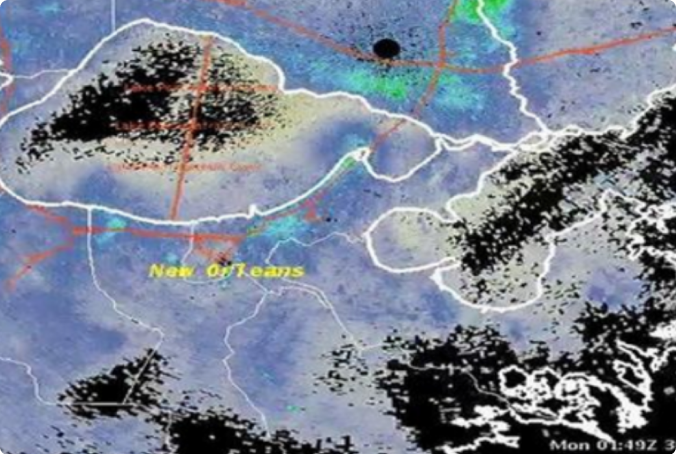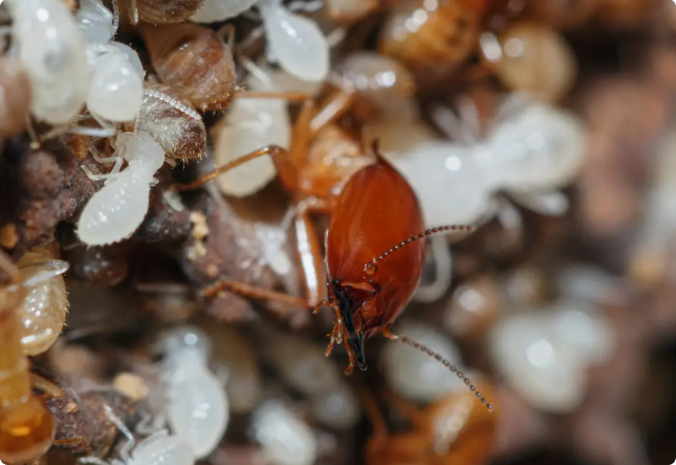Formosan Termite Danger
Formosan termites are 10 times as destructive
The University of Florida website explains “10 times as destructive”
Individual Formosan termites eat no more wood than native American species.
The reason for “10 times more destructive” is colony size. Our native termites live in colonies of several hundred thousand.
Formosan termites live in colonies of several million. There are 10 times as many.
Louisiana State University entomologists reported a colony of 70 million in Algiers LA

An illustration of “10 times as many”:
Below is a link to a satellite view of a cloud over New Orleans.
Only it’s not a cloud. It is a swarm of Formosan termites, so many that they are seen from space.

Formosan queens live for 15 years:
The Formosan queen spends her life-giving birth 24/7.
30,000babies/day | 10,950,000babies/year |
164,000,000babies over her lifetime |
